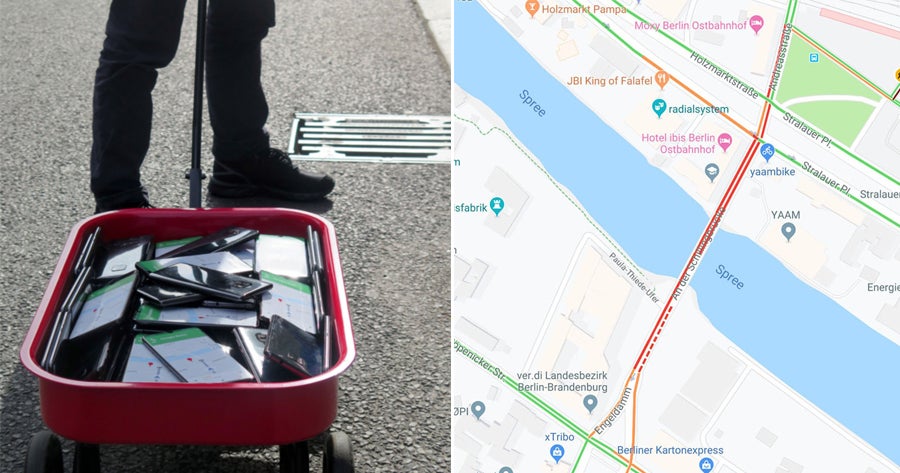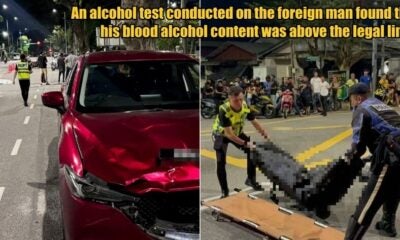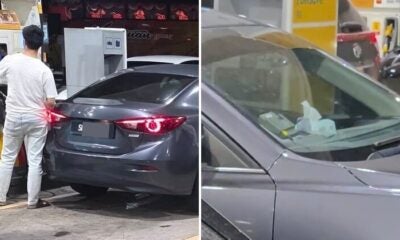Driving on Malaysian roads can be quite tricky sometimes as you never know when you could just get stuck in a traffic jam. That’s where navigational tools like Waze and Google Maps come in handy as they will notify you about congested roads and divert you to a different route in order to save time.
However, a guy from Germany managed to create a virtual traffic jam by dragging a wagon filled with almost a 100 phones that were using Google Maps, reported CNN.

Source: Simon Weckert
Simon Weckert walked along the streets of Berlin with a wagon full of phones. This created a red line on Google Maps, giving the impression that traffic was heavy wherever he went.
“By transporting the smartphones in the street I’m able to generate virtual traffic which will navigate cars on another route,” he said.
“Ironically that can generate a real traffic jam somewhere else in the city.”
To do this, Simon rented 99 phones and even bought 99 SIM cards online. He then spent a couple of hours on each street, walking backwards and forwards with his phone wagon until that particular street on Google Maps turned red.

Source: Simon Weckert

Source: Simon Weckert
If you’re thinking, who is this man and why does he have so much time that he’s creating virtual traffic jam, well, I’m thinking the same too.
Simon Weckert is an artist who wanted to make us think about and scrutinise the data we rely on every day.
“The hack shows us what is possible with this technology and who we rely on,” he said.
“Data is always translated to what they might be presented. The images, lists, graphs, and maps that represent those data are all interpretations, and there is no such thing as neutral data.”
“Data is always collected for a specific purpose, by a combination of people, technology, money, commerce, and government.”
“Maps have the potential as an instrument of power. They substitute political and military power in a way that represents the state borders between territories and they can repeat, legitimate, and construct the differences of classes and social self-understandings.”

Source: Simon Weckert

Source: Simon Weckert
Weckert said that his work caused “an impact in the physical world” by rerouting cars who wanted to avoid being stuck in traffic.
He came up with the idea after he attended a demonstration in Berlin and noticed how people in a confined space created a “virtual traffic jam” on Google Maps when they were slowly moving forward.
He added that his work highlights the “blindness” that arises when people think of data as “objective, unambiguous and interpretation free.”
Well, if your Google Maps app tells you to take a different route, who knows – there might be some guy carrying around 99 phones to mess with the data.
Also read: Meet Kevin, The Lucky One-Eyed Cyclops Puppy Named After a Minion From Despicable Me







































